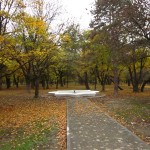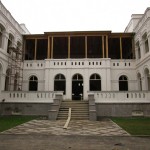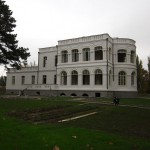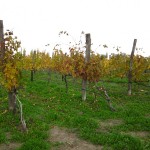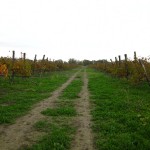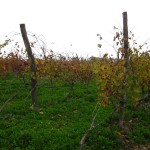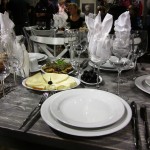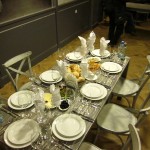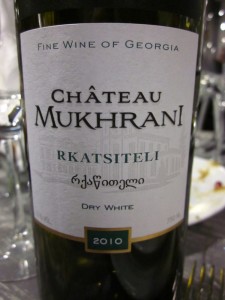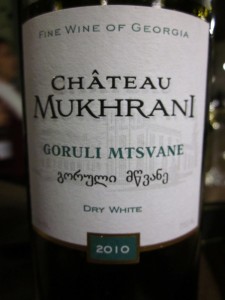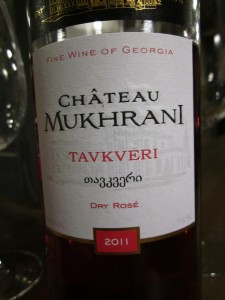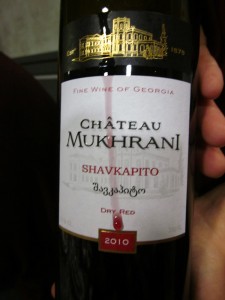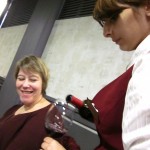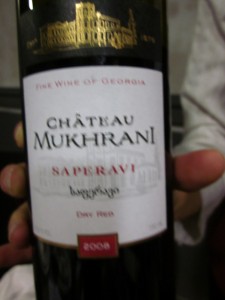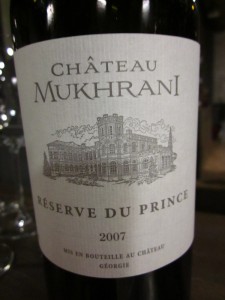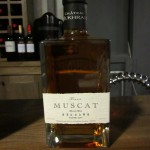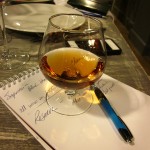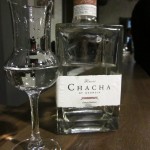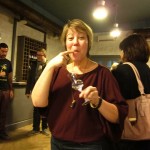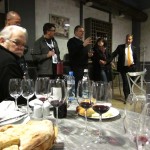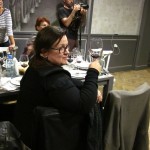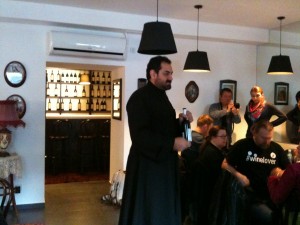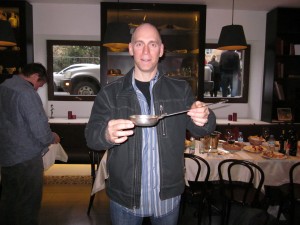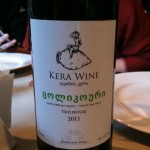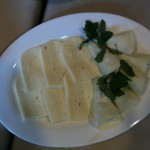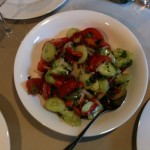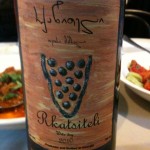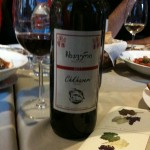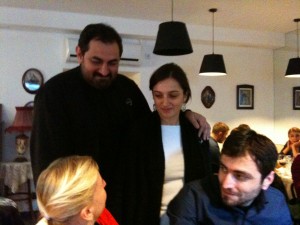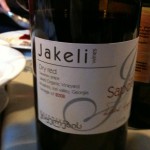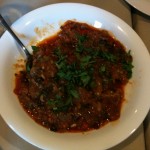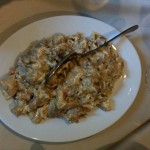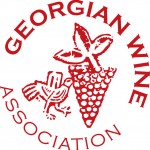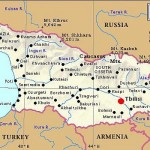A co-worker recently asked me while both us lunched (she eating an “Italian-inspired” frozen Lean Cuisine and me my daily tofu, veggies and quinoa concoction), if food in Italy differed between northern and southern parts of the country. Well, it had been almost a year and a half since I traveled to Italy for the first and (sadly) only time. In October 2011 the European Wine Bloggers Conference was held in Brescia, Italy which is located in northern part of the country – home to the devine Franciacorta sparkling wines (but that’s another story…). As part of the conference, I had the opportunity to travel both to the even more northern wine region of Alto Adige located close to the Austrian and Switzerland borders and then to infamous Tuscany and the Chianti Classico region near Florence. Post conference, my husband and I took the train further south to Rome. I tasted lots of different wines and ate great food throughout my Italian travels. Although, I don’t really recall there being a great difference in the foods, I can DEFINITELY say that there was an extreme difference in the wines. Such VARIETY — each one fantastic and delicious! This can, as you might guess, be attributed to the extremely different terrains and climates between northern and mid-Italy.
You’re like “Okay, that’s a nice story.” No! In my typical fashion, I haven’t gotten to the heart of my story yet, but it’s coming…My full-time employment is as a regional transportation planner – specializing in freight, so each fall for the past five years or so, I’ve attended the Ohio Conference on Freight. The conference organizers always do an amazing job and Fall 2012 was no exception. The conference ended with a great speaker over lunch and the grand finale was what every conference-goer anticipates and makes the excuse to hang around for — the drawings for door prizes. (As an aside, I think the only purpose of printing business cards any longer is to toss them into a fish bowl). Although my business card wasn’t pulled to win the iPad or box of Buckeye chocolates, I believe I did indeed walk away with THE BEST door prize. Yes, you guessed it – a basket filled with wine and wine-related items! And wait, now the Italy-connection! When I got home and removed the cellophane wrapper to fully appreciate my prize, I discovered that the basket included a bottle of Alto Adige from northern Italy and a bottle of Chianti Classico from Tuscany – two varieties I had discovered while on my travels one year before!
I’ve meant to post about this prize winning/Italian wine coincidence since last September when it happened. So when my co-worker unknowingly asked about Italian food – it sparked my memory of the prize basket and two great bottles of wine that did not remain corked for long. So, now I transition from storyteller to wine taster and sharer of good names to look for on your next trip to pick out a tasty wine! The wines in my prize basket were from vineyards I had not visited, but were perfect representatives of their regions — Alto Adige and Chianti Classico.
The two vineyards I had visited in the Alto Adige region in northern Italy were Tramin, a cooperative winery in the city of Termeno, and Terlan winery in Terlano, Italy. The first prize bottle of wine was a 2011 San Pietro Pinot Grigio. The text on the bottle described it as a “dry white wine.” However, I found it to be creamy-smooth on the tongue and down the throat. Perhaps my memories of the landscape of Alto Adige influenced me, but I tasted crisp apple — with a bit of tart and teey-weeny touch of sweet — in my prize wine from the same region. I remember apple orchards in the valleys that wound along the river and encircled the lakes, while grape vines covered the chain of hillsides that provided a protecting wall around the region of Alto Adige. On my visit, I learned that this combination of gentle hillsides and valley floors create a perfect environment for the grapes to grow. Being located between the Alps to the north and Mediterranean Sea to the south. Vineyards in this small, northern region of Italy are exposed to long hours of sunlight. The mildly warm days work with the cooler nights to create “high aromatic and sugar content.”
Moving on to my second prize bottle of wine, it was a 2006 Rodano Chianti Classico. I visited a number of wineries in the Chianti Classico region and learned that wines must adhere to a strict set of rules. First, in grape composition 80% to 100% of the wine must use the native Sangiovese grapes. In addition to Sangiovese, a Chianti Classico may be made from a maximum of 20% of other authorized or recommended red grapes such as indigenous ones like Canaiolo and Colorino or international varieties likeCabernet Sauvignon and Merlot. Since June 2005, a true Chainti Classico wine has the Black Rooster trademark on the label. The strictness of the Chianti Classico Consortium is due to the fact that over the past hundreds of years, numerous wines have “bestowed” upon themselves the name “chianti,” however they may or may not originate from the actual Chianti region. Chianti Classico is viewed as the true region and thus its unique and distinguishd honor. My prize bottle certianly upheld its Chianti Classico duties. The wine had a spicey-dry, powdery, but bright finish on the tongue. In contrast to the cold chill of northern Italy and higher altitudes, the Chianti Classico region’s sunny, hot climate and dusty, dry terrain has a completely different impact on grapes and subsequently the wines.
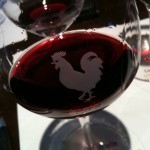
These two wines and the regions they hail from speak volumes to the differences between Italian wines. Not to be a wine snob, but to simply say you like Italian wine is just ignorant! Whether it comes from the Chianti Classico or Alto Adige or any other number of amazing wine regions — taste and learn! And what better way to do it than by taking a trip and visiting the region first-hand. You’ll gain greater insight into the story behind the wine…a story you can share and tell others.
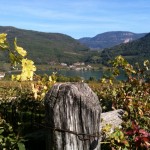
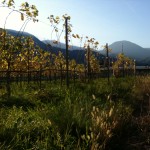
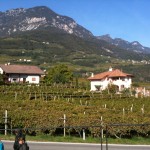
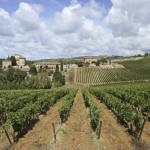
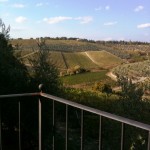
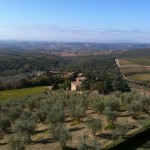
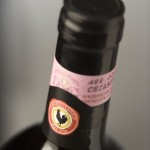
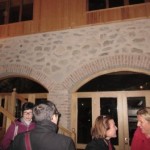
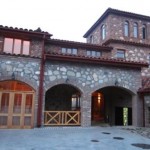
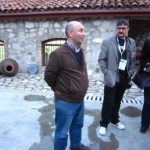
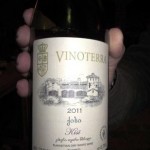
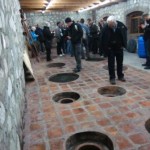
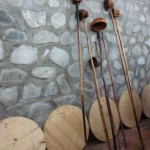
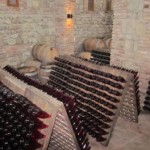
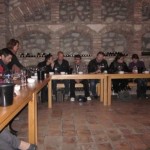
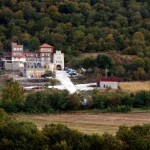
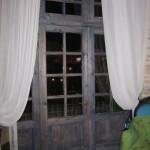
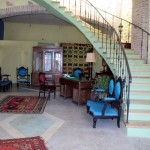
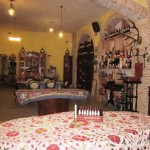
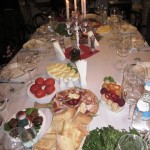
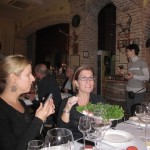
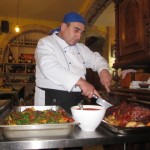
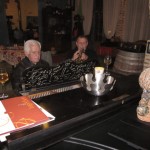
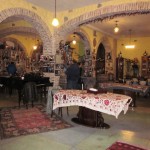
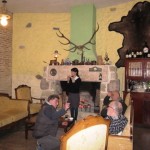
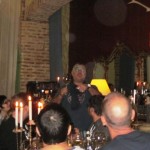
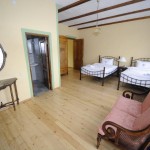
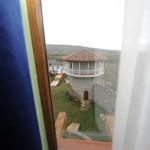


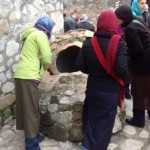















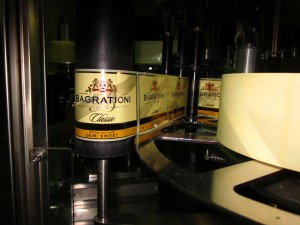
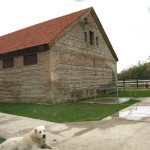
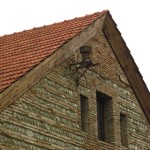
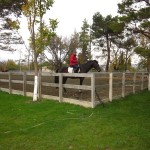
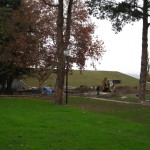 It was nice to see the mix of traditional building construction along with the modern techniques of the winery. The owners have built a “green roof” atop the winery both as an environmental-friendly construction method to conserve energy and also as a unique point of detail for future visitors.
It was nice to see the mix of traditional building construction along with the modern techniques of the winery. The owners have built a “green roof” atop the winery both as an environmental-friendly construction method to conserve energy and also as a unique point of detail for future visitors.